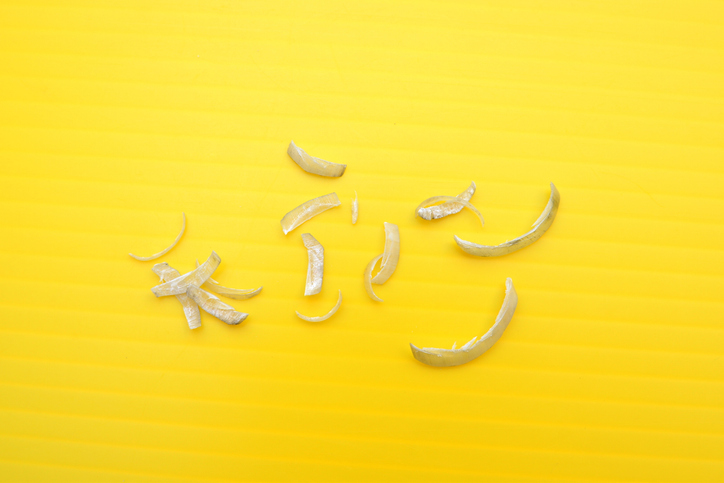For most of us, the thought of lung cancer goes hand-in-hand with cigarette smoking.
We instinctively believe that if we’ve never smoked or had much exposure to second-hand smoke, we don’t have to worry about it.
However, the truth is that while smoking is the leading cause of lung cancer, it’s not the only cause.
Toxins that can unleash cancerous cells in the lungs are often invisible, leaving you unaware of exposure that increases the risk for cancer development.
A particularly sinister one can creep into your home undetected and is the leading cause of lung cancer in people who have never smoked. It’s responsible for about 12% of lung cancers in the U.S.
Fortunately, scientists have found a way to determine past exposure to gauge future risk.
All they need are toenail clippings…
Radioactive gas seeping from the foundation
If you haven’t heard of it before, radon is a naturally occurring radioactive gas. It’s formed from the natural decay of uranium, thorium and radium in rocks and soil and can enter homes and buildings through cracks in the foundation.
According to the U.S. Environmental Protection Agency, it can accumulate to dangerous levels, especially if openings, like windows and doors, are air-tight.
Breathing it in results in injury to the lungs, which over time damages the DNA of lung cells, and can lead to cancer.
But since it’s invisible, odorless and tasteless, you could be at risk without ever knowing you’ve been exposed.
Hiding in your toenails
How can toenails help?
According to a team of scientists from the University of Calgary in Canada, “Toenails are one of the body’s ‘archives’ of our long-term exposure to environmental toxins like radon.”
As biochemist Aaron Goodarzi explains, “After you inhale radon, it quite quickly transforms into a specific type of radioactive lead. Your body treats radioactive lead from radon like it does all lead and stores it in slow-shedding tissues such as the skin, hair and nails.”
When the scientists put toenails to the test, they saw that compared to people with a low level of radon exposure, those who had inhaled elevated levels of the gas in their homes for an average of 26.5 years had 397% higher levels of lead locked in their toenails.
The scientists say that elevated radon levels were still detectable up to six years after a person made changes to their home to reduce exposure.
What you can do about radon
This was just an initial study, and the researchers are now gearing up for an even deeper dive into a bigger batch of toenail clippings to confirm their findings. (I can’t say that I envy their work.)
So you’re probably not going to be able to drop off your toenail clippings with your doctor to test for radon exposure any time soon.
Instead, here’s what the Memorial Sloan Kettering Cancer Center recommends in the meantime.
- Test your home for radon – The first advice is to buy a testing kit at a home improvement store, which are usually between $20 and $30. All you have to do is open it up and leave it sitting out in your home for a few days. Then, mail it to the lab for testing.
- Don’t assume you’re safe – Many people think that having a newer home, or living in a specific part of the country, means they’re safe from radon exposure. However, experts point out that radon-resistant construction techniques aren’t universally applied. And radon levels are very local, depending on uranium deposits, soil composition, atmospheric conditions and more. So testing your home is key.
- Use radon mitigation – If your home has high levels of radon, radon mitigation diverts radon gas from under the house through a pipe to the outside. Cost for this falls between $800 and $1,500.
Finally, consider eating more red, orange and yellow cancer-fighting foods that contain the pigment beta-cryptoxanthin (BCX). It appears to block the growth of unhealthy lung cells.
Those colorful foods also contain other proven cancer-fighters, like zeaxanthin, flavonoids, lycopene (found to be effective against lung cancer) and vitamin C (probably the biggest cancer-killing cover-up).
If you know you’ve been exposed to radon, be sure your doctor knows.
Sources:
Your Toenails Can Reveal if You’ve Been Exposed to an Invisible Lung Cancer Cause — sciencealert
6 Myths About Radon and Lung Cancer — Memorial Sloan Kettering Cancer Center
Radon exposure and lung cancer: 11 things to know — MD Anderson Cancer Center
Read full article here


